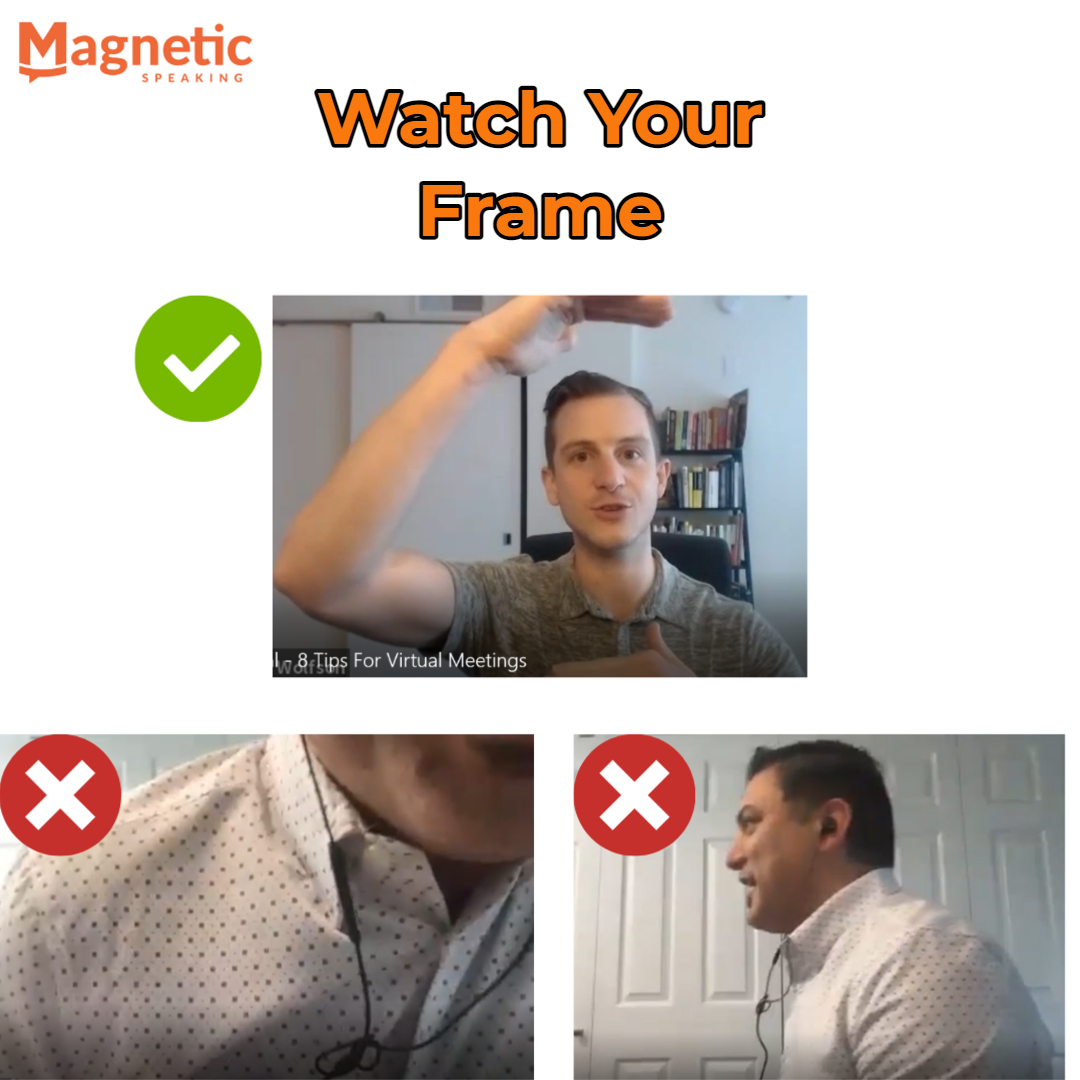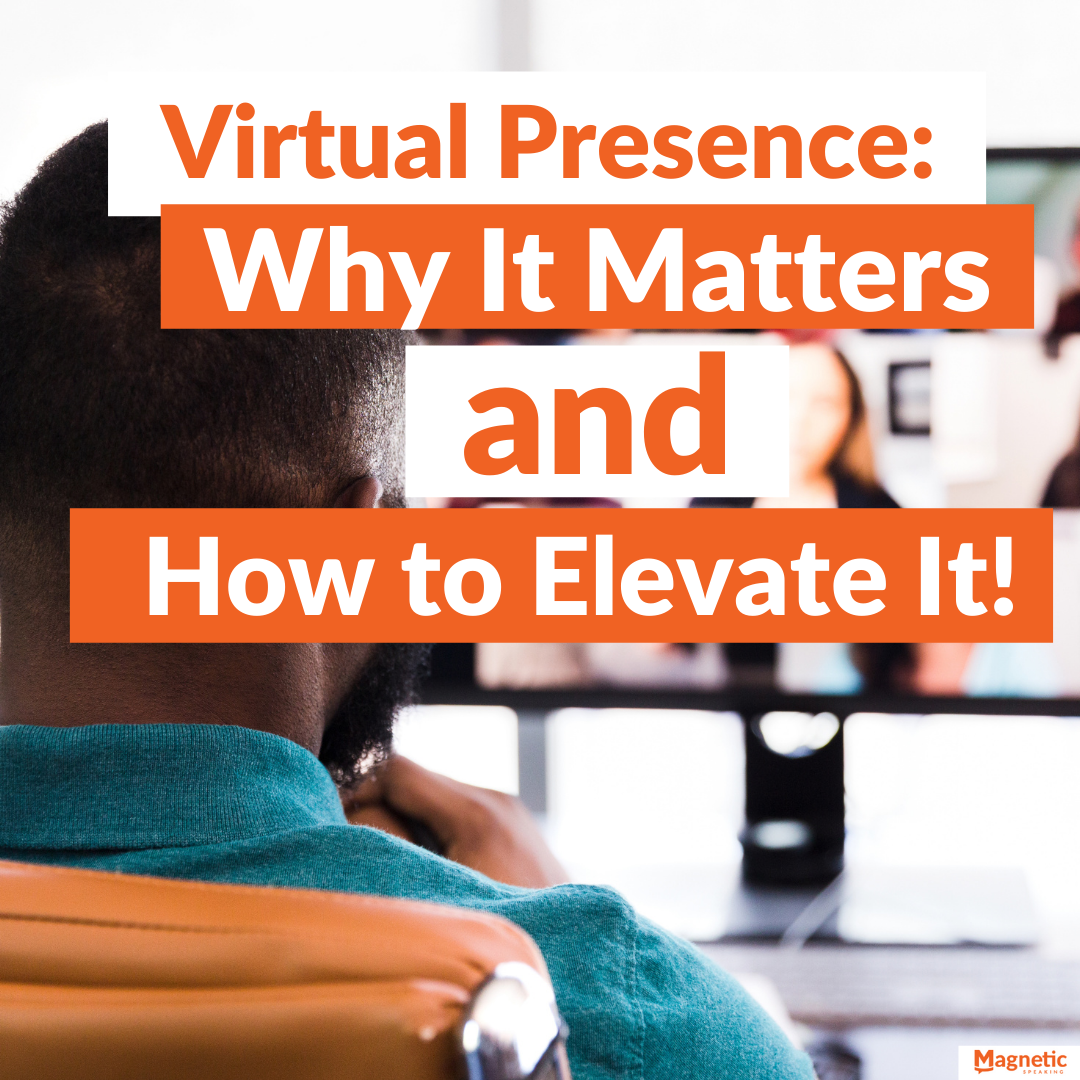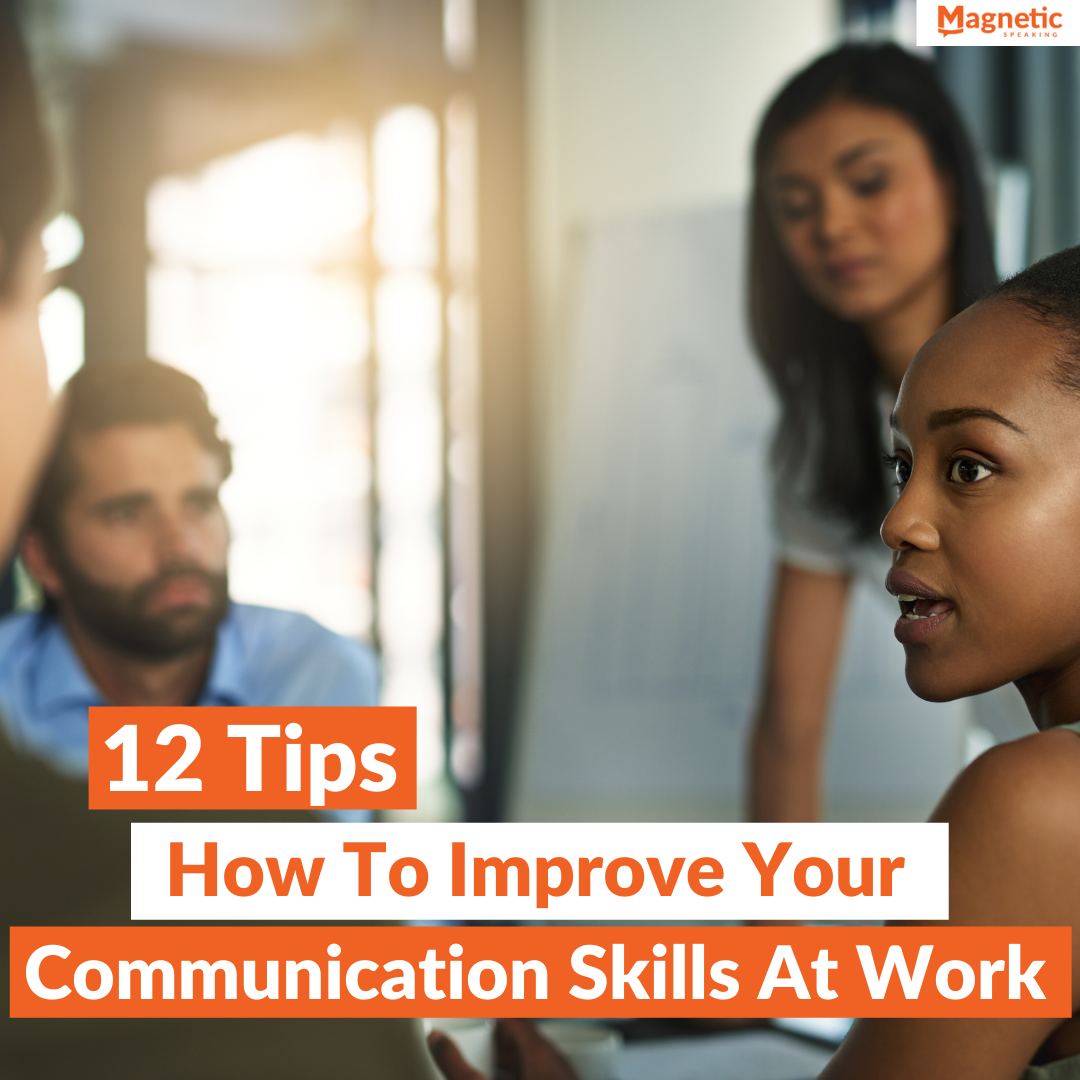Virtual presence has become a popular topic recently. With many companies turning to mediums like Zoom, Skype, and others for meetings, the demand for you as a professional to make an impact in this space has increased dramatically.
Estimates show that there are 55 million meetings a day in the United States. Since Covid has hit, these all became virtual meetings overnight. This means how you show up on video matters a lot going forward.
Unfortunately, there’s a long list of things that people are either doing or not doing that can be detrimental to them showing up as a professional in this space. In this simple guide, you’ll learn how to elevate your virtual presence immediately, so that you can look like a million bucks on video, make an impact, and be influential amongst your colleagues.
What is virtual presence?
Simply put, your virtual presence is how you show up on camera. It’s your body language, your voice, the background, and whether or not you’re able to connect with your audience through a computer screen.
Get this right and you’ll stand out in the best way possible. Get this wrong and risk getting lost in the sea of video frames – or even worse, be known as “forehead guy” (the person so close to their camera that their eyebrows become the center of attention). So, without further ado, here are seven ways to elevate your virtual presence.
1. Turn your camera on to maximize your virtual presence
There’s a phrase I like that says, “you miss out on 100% of the shots you don’t take.” This logic also applies to virtual, wherein you miss out on connecting with 100% of the people that can’t see you.
A lot of people get sucked into the pitfall of not turning their camera on. Whether or not it’s an insecurity thing or simply not engrained in the company culture is beside the point. If you want to engage your audience they need to see you!
In fact, a study conducted by Addespresso found that video thumbnails that have a person’s face on them outperform thumbnails with no face on them. This experiment shows that as human beings, we respond and react better when we see others’ faces. The same applies to your virtual meeting: if you want to get the attention of your audience it would be wise to use video.
So step 1 in elevating your virtual presence is to turn your camera on.
2. Look into the camera
Now that everyone can see you, you can start making use of your nonverbal communication in order to be more influential. One great place to start is by looking into the camera. Doing this gives your audience the experience of being looked at, and allows for them to feel more connected to you.
However, you don’t want to get lost in staring at the camera alone. At Magnetic Speaking we recommend using what’s called The Triangle Method.

This is where you periodically shift your gaze from a participant’s frame, to the camera, and to your frame.
– which conveniently leads to my next point.
3. Watch your frame
Remember how earlier I mentioned that you don’t want to be the “forehead guy”? I mean it! It’s important to keep an eye on your frame so that you know exactly where you are on the camera.
By knowing where the frame of your camera is (what’s being seen on screen and how you look to others) you will show up as your best. You’ll also help your audience to more easily pick up your nonverbal communication (and they won’t be distracted by you facing the wrong way or having half your head off-screen).

4. Demonstrate Strong Virtual Presence with Body Language
Virtual communication is a combination of verbal and nonverbal messages. Both types of messages matter to the listener. Dr. Albert Mehrabian at UCLA popularized the 7:38:55 rule; stating that people put 7% weight on what you say, 38% on the tone of your voice, and 55% on your body language to assess the credibility of what you’re saying.

Notice how there is a disproportionate weight placed on your body language. So if your audience can’t see your body language you are missing out. Also, if you are projecting the wrong body language you are also missing out.
In a virtual meeting, you may not be able to capitalize on your whole body, but you can absolutely leverage your hands and how you sit in front of the camera. Make sure you sit in a posture that telegraphs that you are awake, alert, and ready. And use your hands to emphasize points and describe your ideas. This should not be rocket science, just relax and do what you do naturally within the constraints of the camera frame.
5. Speak with confidence
Remember the Dr. Albert Mehrabian at UCLA rule of 7:38:55?
The 38 means that listeners put 38% weight on your tone of voice to assess your credibility.
If your tone of voice is confident, clear, and flowing then you are good to go. If your tone of voice is shaky, hesitant, and stifled then you have some practice to do.
Yes, it is practice.
You have to train your vocal muscles to be strong and commanding regardless of the situation. The biggest thing to do is to reduce the unconscious “uptalk” from your tone of voice.
Uptalk is when you raise your intonation at the end of a declarative sentence. It’s when you intend to say “The project will launch next year.” But it will come out sounding like “The project will launch next year???”
Notice how with uptalk the statement sounds more like a question because of the intonation rise at the end. That can be fixed with practice. I found that fixing this issue solves most of the tone of voice issues you might experience.
6. Engage your audience
“Zoom Fatigue!” …. Heard of it?
If not then you probably experienced it after a long day of uninterrupted meetings. You experience it when you sit in one meeting after another listening to the same people, same content, same problems all stated in the same way.
If you want to stand out as a great meeting facilitator, then you need to break the monotony and zoom fatigue. Fortunately, there is one way to do that:
Engagement.
Engagement means that you get people involved in your meeting. Engagement has to start with you. Do you feel engaged and interested in the topic of the meeting? If not, then you have to figure out how to connect with the topic. If you don’t think the topic is interesting and engaging, then it’s crazy to think that the audience will find it interesting.
Once you are personally engaged, then you can start engaging others with questions, discussions, and thought provoking ideas during the meeting.
Engagement is the answer to zoom fatigue and it starts with you.
7. Limit distractions
Have you been in a zoom meeting with someone and noticed the dirty dishes piling in the sink behind them?
If not then just imagine it.
Would that be distracting to you? Would that cause you to pass judgment? Unless you are the Budha then I would answer “yes” for you.
Even if at a conscious level you don’t mind seeing the dirty dishes, subconsciously it would create an impression on you. That’s why advertisers are deliberate with product placement in movies and pictures. The background of the product will influence the meaning you associate with the product.
Same thing with you. Anything distracting in your background in a virtual meeting will influence how you are viewed. If you want to have a great virtual presence, then you need to be deliberate with your background.
Virtual presence became even more significant lately with virtual meetings dominating the way we do business. Going forward your colleagues and management will mostly get their impression of you through a camera positioned on top of your computer. That’s scary because that’s how they will know you, judge you, and profile you. Going forward your virtual presence will play a dominant role in your career trajectory. Make sure you are putting forward the right virtual presence.




